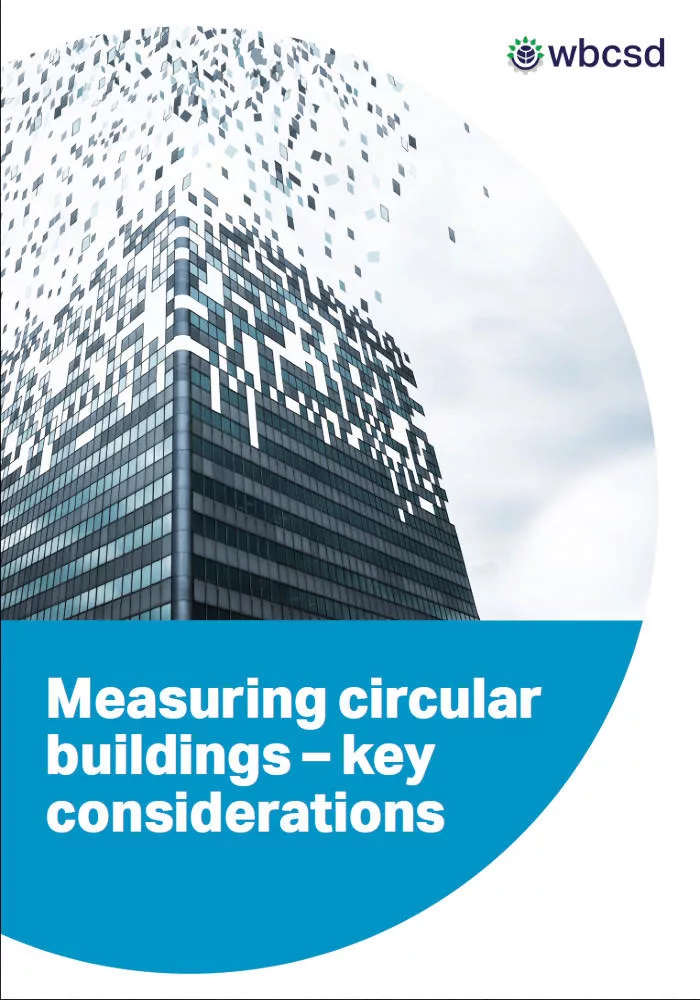Key considerations

Published
15 December, 2022Type
PublicationThe built environment is responsible for 37% of global emissions and a third of all solid waste streams. A shift to a circular economy could make the built environment more sustainable, helping the sector reduce waste and pollution, keep products and materials in use longer and regenerate natural systems.
Building on WBCSD’s Circular Transition Indicators methodology, this draft white paper is a first step toward creating a unified framework for the built environment, setting out key considerations for measuring circular buildings. It defines what companies need to measure, how to measure it and how to interpret the results to assess how circular a building is.
We invite stakeholders to provide their inputs to this draft paper and engage in the work. You can register your interest in the consultation process and access the survey via this link until 24 February 2023.
